Fairy tales have been deeply embedded into our culture for thousands of years. They seem to appear out of nowhere, and simultaneously across the globe. From ancient mythology to children’s bedtime stories, they contain timeless truths about reality and ourselves. But how often do we think of them as silly fantasies?
We’ve talked a fair amount about fairy tales and the myths of the common folk. The essence of our psychology can be traced around the camping fire, between the whispers at an old tavern, and within rumours brought by a vagabond visiting the village.
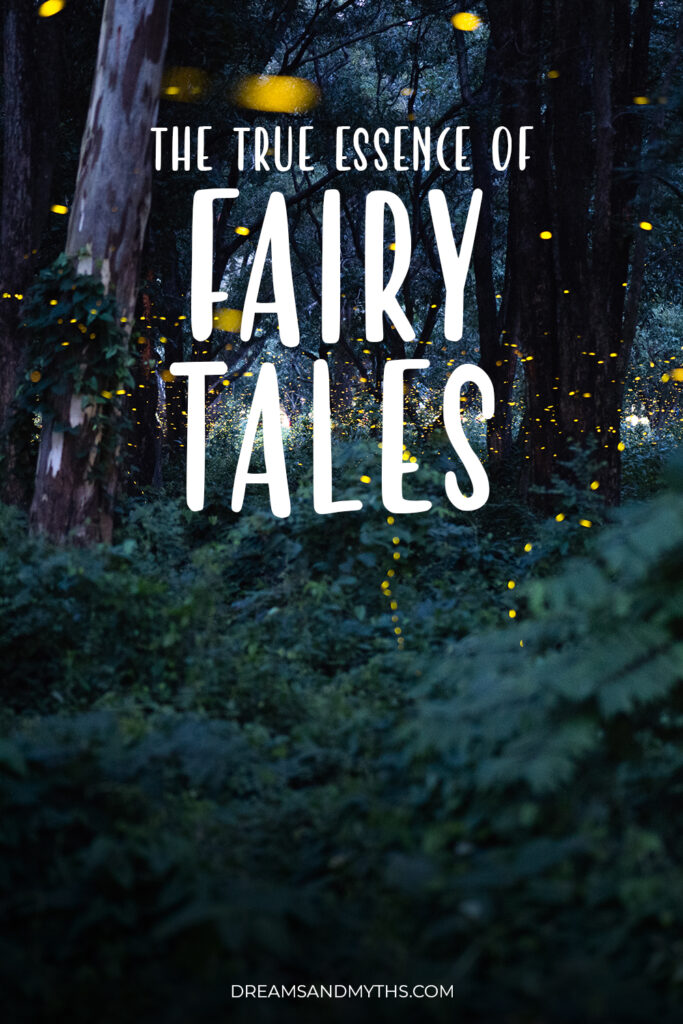
See, the only way we can haggle our way out of ignorance and fear is through telling stories. We articulate what’s lodged deeply into our psyche, oftentimes without realizing it.
When the Grimm Brothers decided to aggregate and categorize countless fairy tales around Europe, they didn’t realize they were mapping the psychological profile of our collective unconscious.
Today, using the ATU index we can quickly uncover the basic framework of each plotline and clearly see the emerging patterns.
The notion that the concept of fairy tales is predicated on superstitious beliefs finding their way into our culture lacks nuance.
Mythology vs Fairy Tales
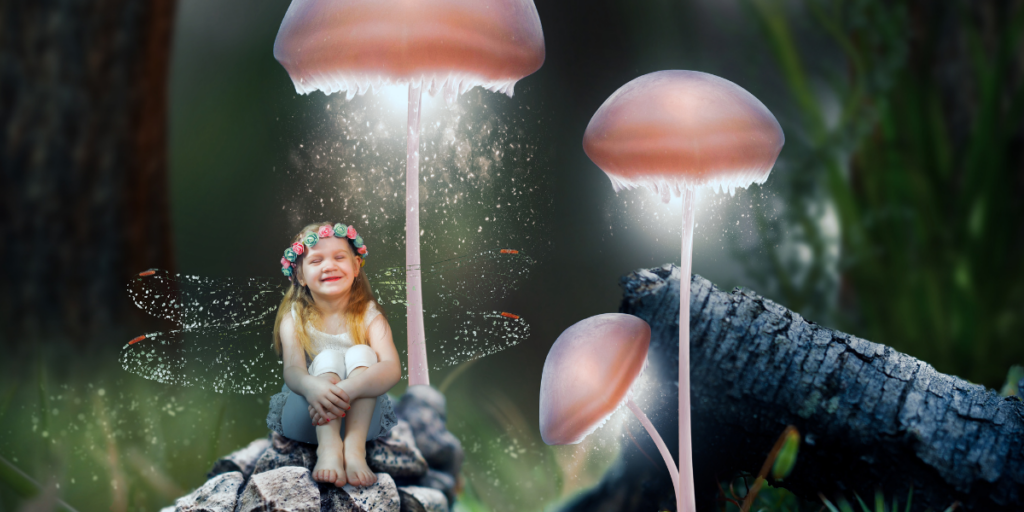
First of all, it can be impossible to distinguish a fairy tale from a myth, depending on the specific culture.
Both of these genres happen in a world of wonder where it’s almost like our world but not quite. They speak of explicitly supernatural events and characters. Often, they’re placeholders for cultural information if the orator wishes to.
Only length, belief, and interconnectedness can differentiate the two.
- Myths are an attempt to articulate the sacred traditions of civilization. They usually contain religious themes. Legends spring out of possibly real, yet allegorized events. They belong in the same cosmosphere in the sense that all of them obey a similar set of rules and have the same archetypal characters.
- Fairy tales on the other hand are standalone short stories. You do not need to have a certain cultural background to understand them; you only need to be human. They exist in a completely insulated, separate world, a world of symbols and images.
You’ll notice that the sentiment a fairy tale conveys has more to do with how human nature relates to the physical world, while a myth is more concerned about esoteric psychology and transformation.
While the theme of metamorphosis is certainly present in a folklore story, it takes a more cyclical form, meaning that the status quo is changed externally, through the actions of the protagonist.
“The realm of fairy-story is wide and deep and high and filled with many things: all manner of beasts and birds are found there; shoreless seas and stars uncounted; beauty that is an enchantment, and an ever-present peril; both joy and sorrow as sharp as swords.”
The Nature of Märchen
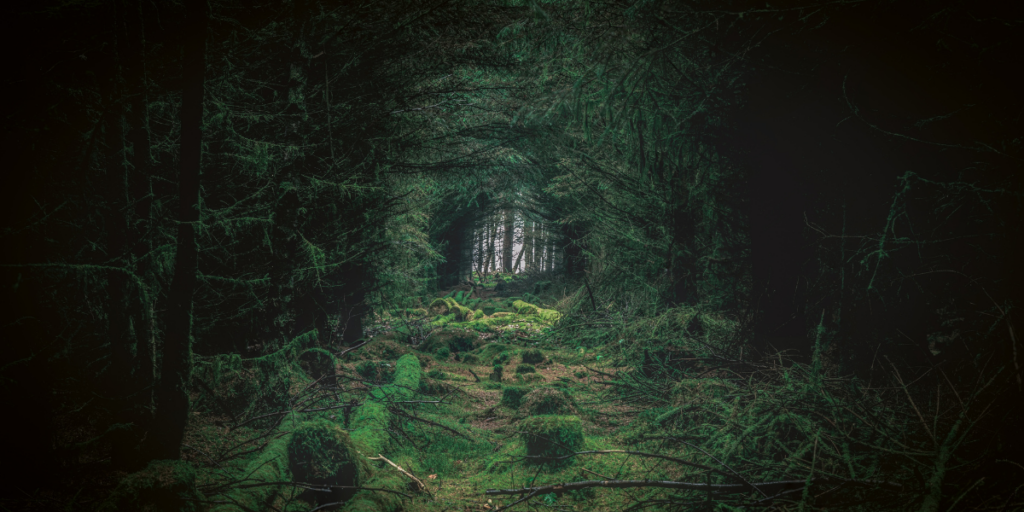
It’ll be helpful if we consider the history, basic themes, and outline of a fairy tale.
You might be surprised to find out that some of the most famous fairy tales date back all the way to the Bronze Age. Indeed, what some people consider a genre that originated in Central Europe, the truth is that the basic structure of some of these stories has been outlined thousands of years ago.
Aesop’s fables are a good example of fairy tales in ancient Greece.
What’s more interesting is how we’ve moulded the nature of the conte de fes to fit it into the demands of each age. This is also why today we conflate a fairy tale with a children’s story, even though the former can arguably be not suitable for kids. The explicit violence, abuse, and overall darker themes often surprise people.
Removing these elements from fairy tales is what made them more approachable and gave them their pedagogical nature we’re so familiar with.
But at the same time, some argue that retroactively changing a story removes the nexus that made them useful. I have to agree.
“There’s Only One Story”
This quote by Thomas C. Foster describes how all stories are rooted in the same universal narrative. Writers and oral tradition tap into that stream of knowledge and pick bits and pieces to… create!
The fairy tale falls perfectly under this category since we often find the same plot in different places of the world.
How to Write a Fairy Tale?
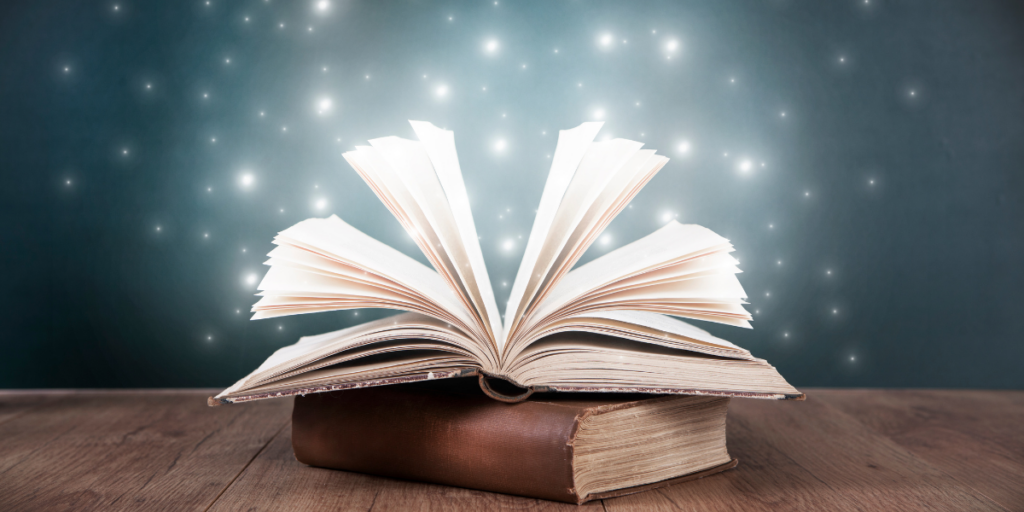
When you read one, a sense of dream-like hypnosis overcomes you. I don’t know exactly how to describe this feeling. You’re standing between two worlds; fiction and reality. With one foot you ground yourself, with the other you let the deepest expressions of your psyche emerge.
(Interesting note: Tolkien in his essay “On Fairy-Stories” makes note of the Irish Fae and how the otherworld I’m describing was considered the mythological dwellings of the Aos Si)
So, how can you recreate this? Is it even possible?
Well, I think it is. We never really stopped telling fairy tales, you know. From mythopoeic sagas to Disney movies and games like the Witcher, we keep chasing princesses and killing dragons.
We simply transformed the medium to fit our culture. We can trace the Scarlett thread and find the fundamental ingredients of the fairy tale – the same way we did with mythology!
1. Once Upon a Time…
How many times have you encountered this sentence? In the context of the tall tale, it underlines the atemporal quality of these events. They did happen… sometime in the past. But no details are provided.
The “past” is also arbitrary. They DID happen, during A time. Yet, once again, it might’ve been a different time(line) than the one we’re experiencing right now.
In my opinion, this is somewhat related to the Otherworld of Irish mythology.
2. Mystical and Supernatural

For thousands of years, the Iliad was considered a fictional story told by Homer in the form of an epic poem. But 150 years ago, Heinrich Schliemann proved Troy was a real city. And the Spartans did conquer its walls.
Mythology is rooted in real events. On the other hand, folktales are almost… surrealistic. They’re impossible, yet they rub shoulders with our reality through symbolic superstructures in the form of self-organized information.
In many cases, even the psychology of the characters is exaggerated, present only to serve the overall theme of the story.
“Faërie contains many things besides elves and fays, and besides dwarfs, witches, trolls, giants, or dragons; it holds the seas, the sun, the moon, the sky; and the earth, and all things that are in it: tree and bird, water and stone, wine and bread, and ourselves, mortal men, when we are enchanted”
3. Never Never Land
A forest. A mountain. A king. A prince. A dragon.
The world of Faërie is complete and autonomous. Insulated from the influence of men and their puny ideologies and religions.
It is as pure as it can get. It exists in river creeks and the cold wind. I often wonder if nature is whispering these stories the same way religious logos is a product of divine insight.
In any case, there are no borders, no cultural bottlenecks that can contain a fairy tale. It exists as a separate layer in never-never land. A place that does and doesn’t exist. A land that remains unconquered by the stigmata of rational thought.
4. Fairy Tale Ending
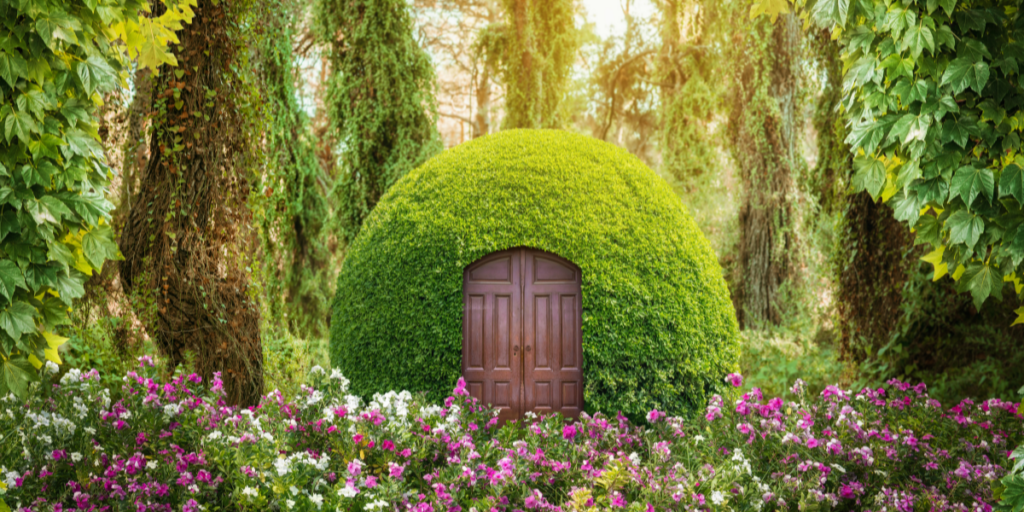
Even though the real fairy tales are brutal, their ending remains happy!
But “happy” doesn’t do it justice. Remember, you’re in a world of wonder and ecstatic enchantment.
The ending is beyond belief in that it’d never happen in real life.
5. Archetypes and Motifs
As I’ve mentioned, there are certain motifs and archetypes you’ll stumble on. They’re less complex than the esoteric psychology of a myth, yet they tremble same strings!
Specifically, you’ll find straightforward reiterations of the common Jungian archetypes. But instead of becoming the protagonists of the story, they become mediums, mouthpieces serving the story.
6. Pedagogical Nature

It wasn’t until the late 18th century that the fairy tale became synonymous with children’s stories. The précieuses drew inspiration from witty wordplay and smart plots to create more formal literary expressions.
Yet, we soon muted the harsher edges while also imbuing them with pedagogical lessons to be suitable for children.
The Darker Side of Fairy Tales…
I’m fascinated by the look of confusion and disgust of people when I tell them the original version of a fairy tale.
“What? THEY CUT OFF THEIR TOES?”
How can such brutality be part of an “innocuous” bedtime story?
In the next post, I’m going to expand on the darker elements of fairy tales, provide examples of the original and new versions, and analyze them from a Jungian perspective.
Stay tuned!
P.S. If you don’t want to miss the discussion, make sure to subscribe to our newsletter. We talk about all sorts of weird and fascinating topics that might interest you!
(Plus, you’ll get a free copy of the Lucid Dream step-by-step guide!)
